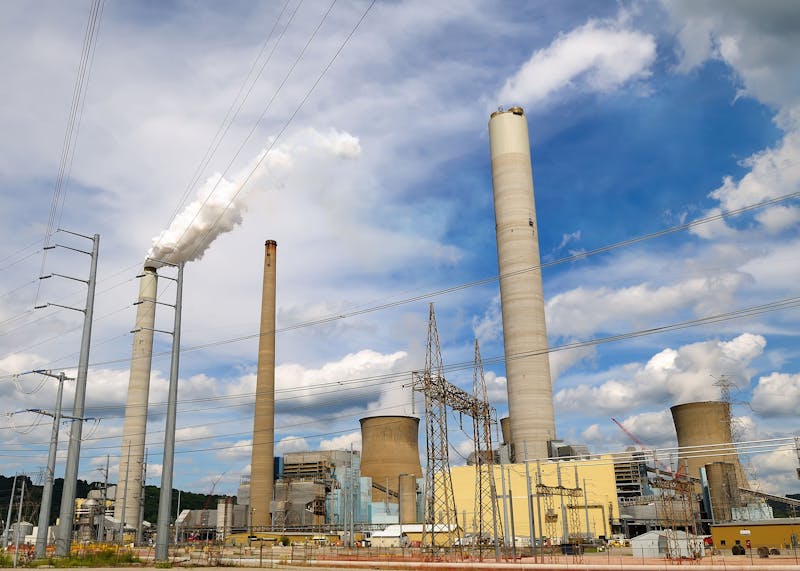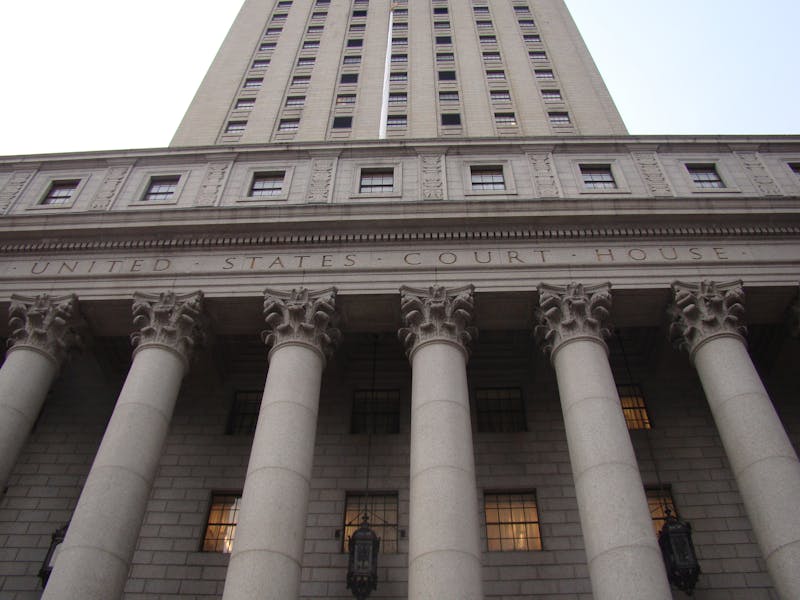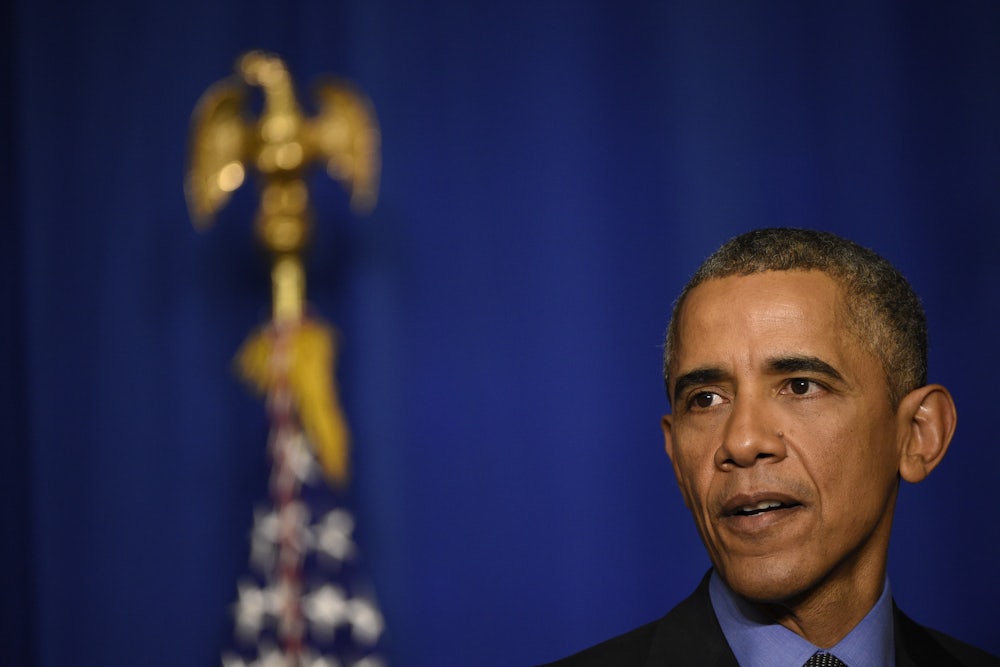As part of a global agreement on climate change, the U.S. has pledged, among other things, to reduce its greenhouse gas (GHG) emissions by 26-28 percent compared to 2005 levels by the year 2025. But opponents of President Obama argue that he cannot keep his promises made at the Paris climate summit.
The Obama administration is confident that the U.S. can meet its promise based on the regulatory actions already taken by the U.S. Environmental Protection Agency (EPA) and other federal agencies to reduce GHG emissions, part of a broad Climate Action Plan announced by President Obama in June 2013.
In transportation, U.S. fuel economy standards set by the EPA have been raised dramatically. And earlier this year the EPA issued regulations to control GHG emissions from power plants, which led to a final rule known as the Clean Power Plan.
The Clean Power Plan will require states to reduce GHG emissions from existing power plants by 32 percent by the year 2030. It is expected to accelerate the retirement of coal-fired power plants as electric utilities increasingly shift to natural gas and renewable sources of energy.
Yet even as U.S. negotiators arrived in Paris for the climate summit, Obama’s political foes were questioning his authority to sign an international agreement on climate change.
Senate Majority Leader Mitch McConnell argued that the U.S. cannot meet its promises to the global community because the Clean Power Plan is “likely illegal” and will either will be struck down in court or be revoked by a new Republican president.
So how strong is the legal defense of Obama’s signature climate initiatives?
Going to the Supreme Court?
Having the Clean Power Plan struck down in court seems unlikely for a number of reasons. These include the fact that the U.S. Supreme Court repeatedly has upheld EPA’s authority to regulate GHG emissions under the Clean Air Act, beginning in 2007 with its decision in Massachusetts v. EPA.
On the other hand, a new president working with congressional opponents of climate action could undermine the U.S. commitment. Let’s consider the legal possibilities.
The Congressional Review Act provides special fast-track procedures that allow Congress to veto regulations issued by federal agencies within 60 legislative days of their issuance. But before such a joint resolution of disapproval can take effect, it requires either presidential approval or the override of a presidential veto by a two-thirds majority in each house of Congress.

As a result, the only time this procedure has been used successfully was shortly after a change of administration. In March 2001 new President George W Bush signed a disapproval resolution blocking regulations issued at the end of the Clinton administration to protect workers from repetitive motion injuries.
Congress is trying to use the Congressional Review Act to disapprove EPA’s greenhouse gas regulations, but such a vote is entirely symbolic because President Obama has promised to veto the disapproval resolution and the 60 legislative day period will end long before the 2016 election. Thus, as long as a president committed to climate action remains in office, the Congressional Review Act is not a promising option.
Dramatic versus piecemeal attacks
A new president opposed to climate action could direct EPA to repeal its regulations, but this would require the agency to undertake a lengthy rulemaking process to comply with the Administrative Procedure Act that governs how agencies adopt regulations. Any agency decision to revoke the regulations would be challenged in court and could be overturned.
The courts have played a role before in attempts to reverse regulations. When President Reagan’s Department of Transportation rescinded its air bag regulations, the Supreme Court held that it had acted arbitrarily and capriciously because the decision was not supported by the factual record showing that air bags save lives.

And when the Supreme Court in 2011 rejected state efforts to hold electric utilities liable for climate change under the federal common law of nuisance, it pointedly noted that any future EPA decision not to regulate GHG emissions would be subject to judicial review.
Working with a new president sympathetic to opponents of environmental regulation, Congress could repeal or amend the Clean Air Act, the legal foundation for EPA’s regulations of GHG emissions. However, the Clean Air Act has been remarkably resistant to past legislative onslaughts. It is, after all, thanks to the Clean Air Act that the “airpocalypses” choking major cities in China and India right now do not happen in the U.S.
Another option for a future Congress would be to adopt targeted amendments to deprive EPA of authority to implement the Clean Power Plan and other GHG regulations if there are enough votes in the Senate to overcome a filibuster. Congress also could use the power of the purse to withhold funds for actions necessary to implement any Paris agreement, including U.S. promises of financial aid to help poor countries adapt to climate change.
Post-Paris
The Paris climate conference is being conducted pursuant to the UN Framework Convention on Climate Change, a treaty signed by President George H. W. Bush in June 1992 and ratified unanimously by the U.S. Senate on October 7 1992. President Obama believes he already has sufficient legal authority to implement any agreement made in Paris and thus he does need not to ask Congress for new approval.
There is precedent for this. In 2013 the U.S. was able to accede to the Minimata Convention on Mercury without congressional approval because existing law already provides the president with sufficient legal authority to implement its requirements.
For decades, the principal argument by opponents of U.S. climate action has been that the U.S. should not act until developing countries agreed to control their GHG emissions. That argument was dramatically undermined in November 2014 when China agreed to control its emissions, in a joint announcement with the White House.
The claim that other countries will control their emissions has now been laid to rest in Paris with a new global agreement requiring all countries to do so. Now that the entire world has recognized that all nations must act to combat climate change, it would be the height of folly for a new president and Congress to reverse course.
![]()
This article was originally published on The Conversation. Read the original article.
